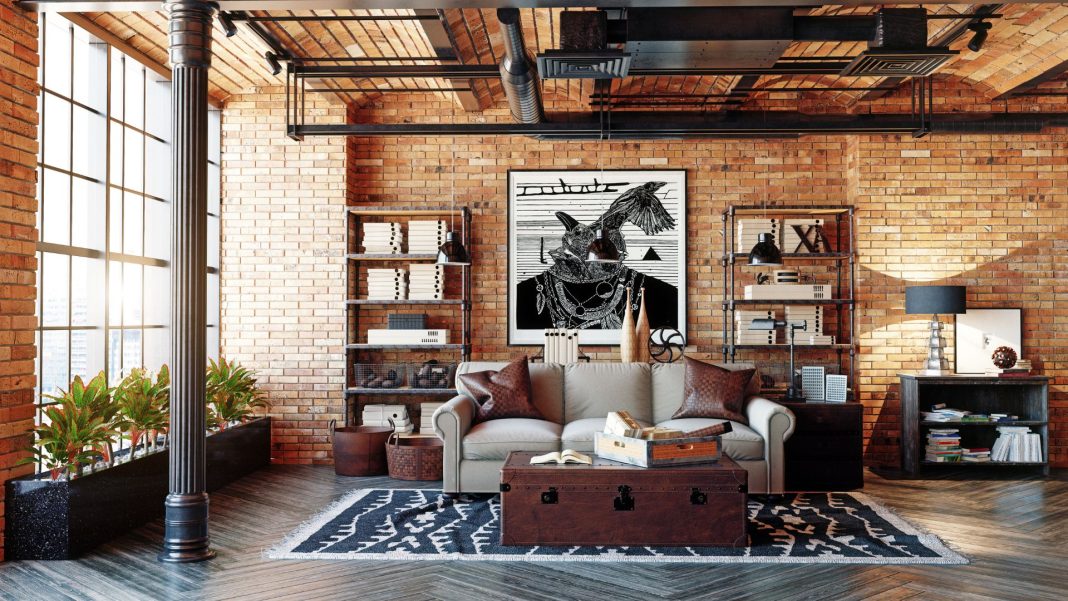Interior and exterior materials are essential to all homes. While all homeowners don’t have a say in their home’s building materials, they can control interior elements. Read this list of the best materials to incorporate into your home!
Steel
Steel is the material for you if you’re interested in strength and durability. Although it’s predominantly in commercial and industrial spaces, steel works for residential homes! Steel furniture pieces like bed frames, desks, and TV stands are sturdy and have high impact resistance. Furthermore, stainless steel is a popular subset of steel. Many homeowners enjoy stainless steel appliances because they’re easy to clean, corrosion resistant, and nearly indestructible. Consider incorporating this material into your home!
Plywood
Plywood is a wood material that manufacturers create by layering plies of wood veneers. They glue veneers together to create a solid sheet of material. Plywood is common for structural applications, especially inside households. In fact, shelves and bins are popular plywood applications.
However, specific types of plywood are perfect for different residential uses. For instance, oak plywood is a better choice for closets than maple because it’s durable and highly versatile. And birch plywood is ideal for kitchen cabinets because it has a high tensile strength rating.
Concrete
Concrete is a combination of cement, aggregates (sand or gravel), and water. That’s why it’s robust and long lasting. Furthermore, it is simple to maintain. Residential concrete can form countertops, coffee tables, and various furniture pieces.
Brick
Did you know that brick buildings preserve their value over time? That’s because the material is incredibly durable and aesthetically attractive. Exposed brick walls add a rugged appeal to homes. Brick also catches the eye, as it adds a dramatic texture to rooms.
Cork
Cork isn’t exclusive to wine bottles. It’s one of the best materials to incorporate into your home because it has thermal insulation. We’re all familiar with Washington’s chilly temperatures. And the last thing you need is cold air creeping inside your home during winter. Cork’s structure protects your home from the wind. Not to mention, cork is also mold and mildew resistant!







